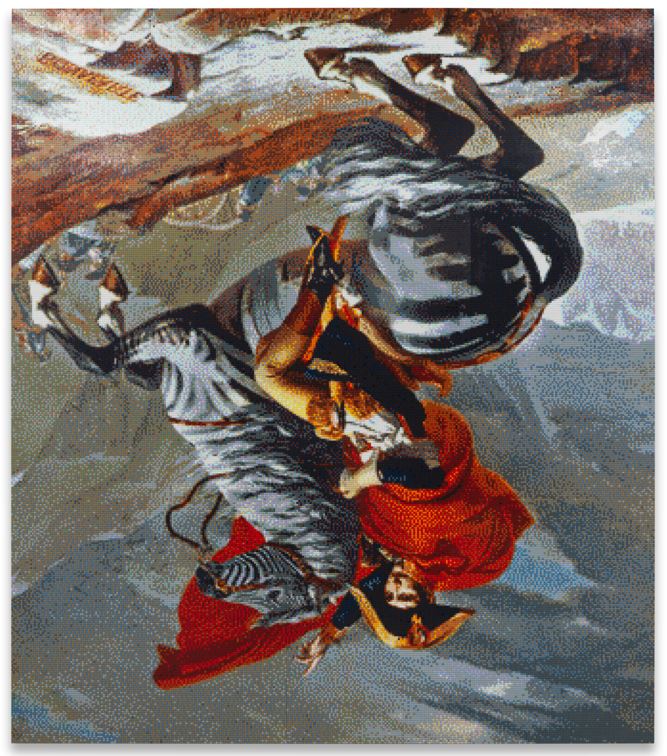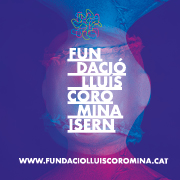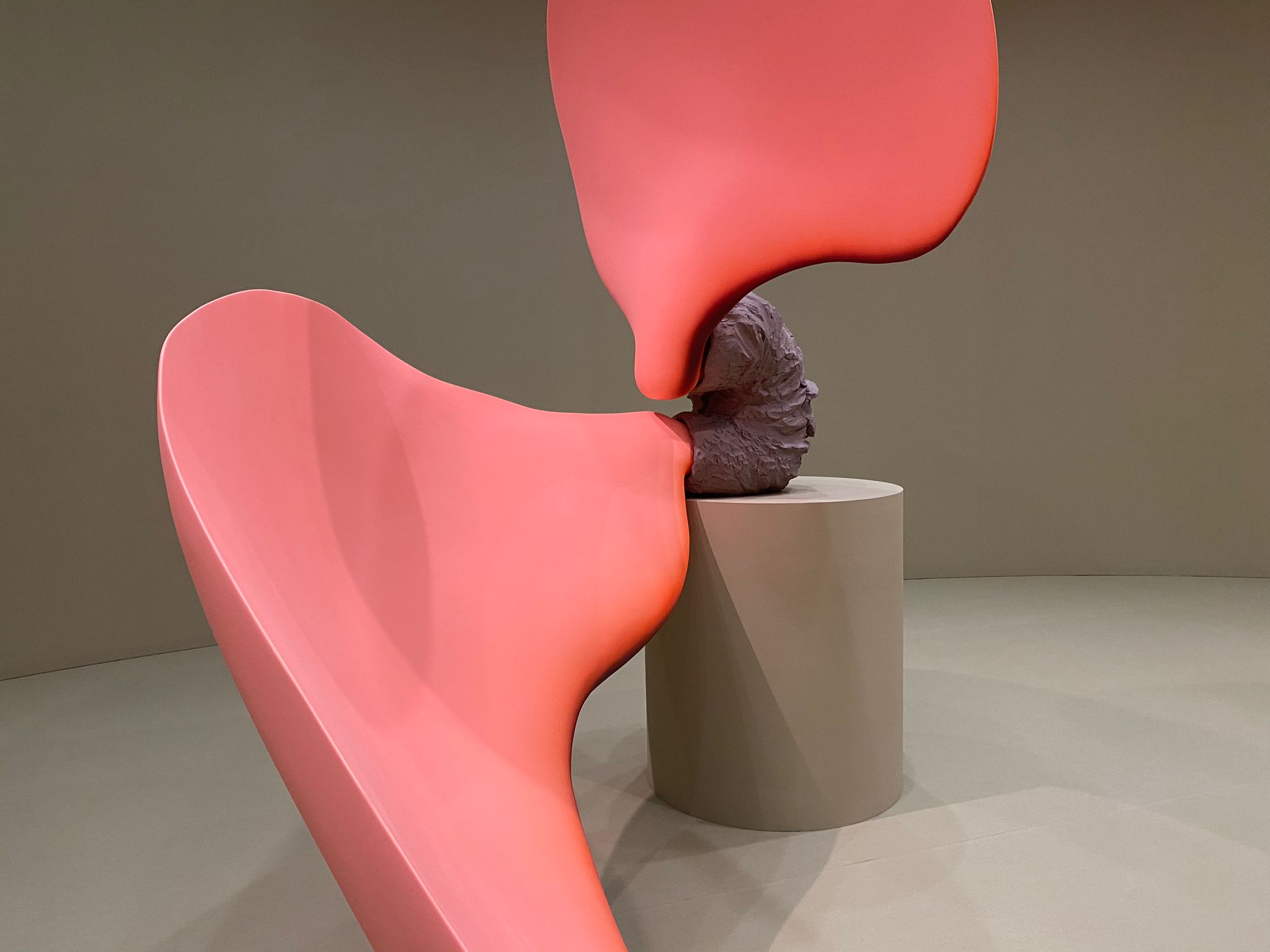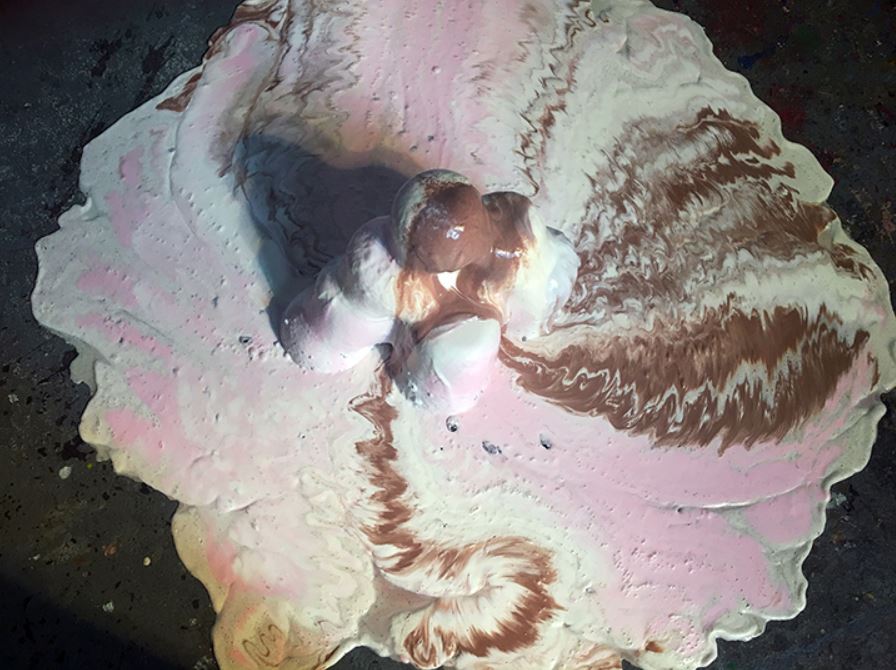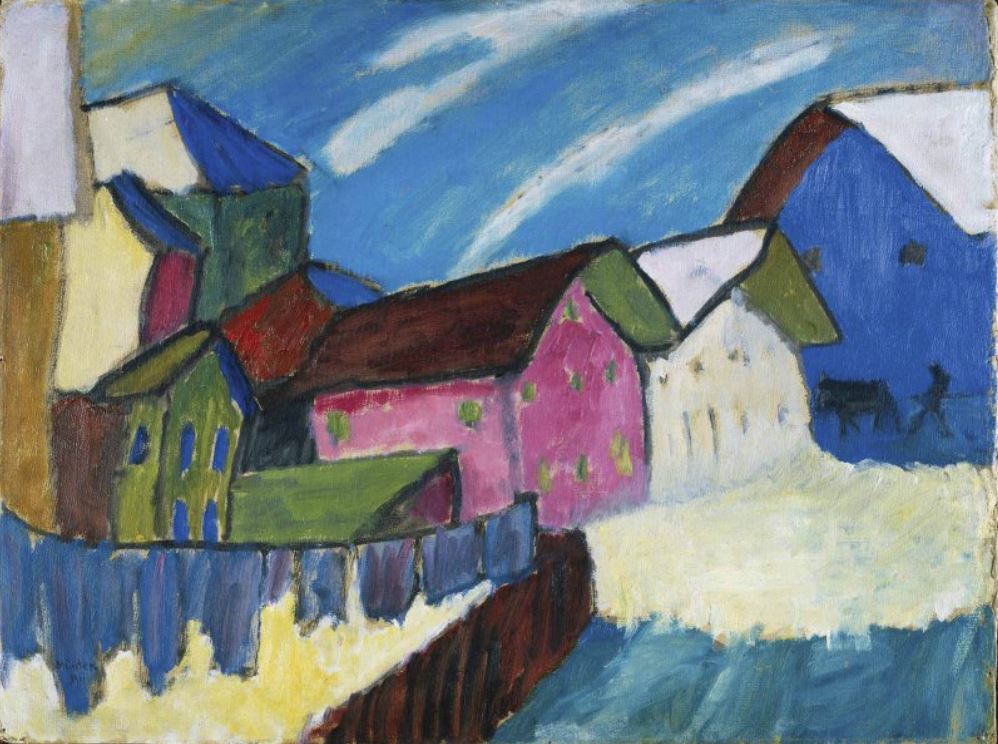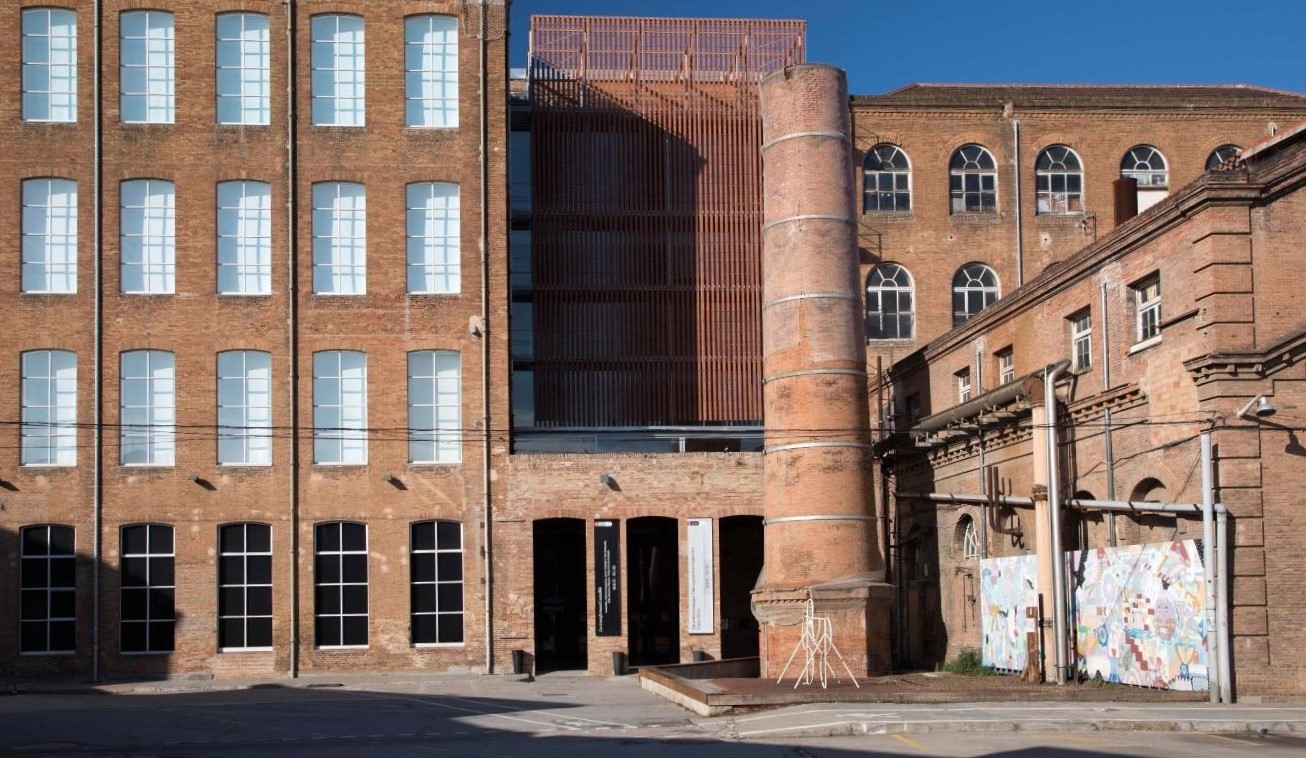Exhibitions
Ai Weiwei: The Art of Questioning the World
A monumental, critical and humanistic exhibition at the MUSAC.
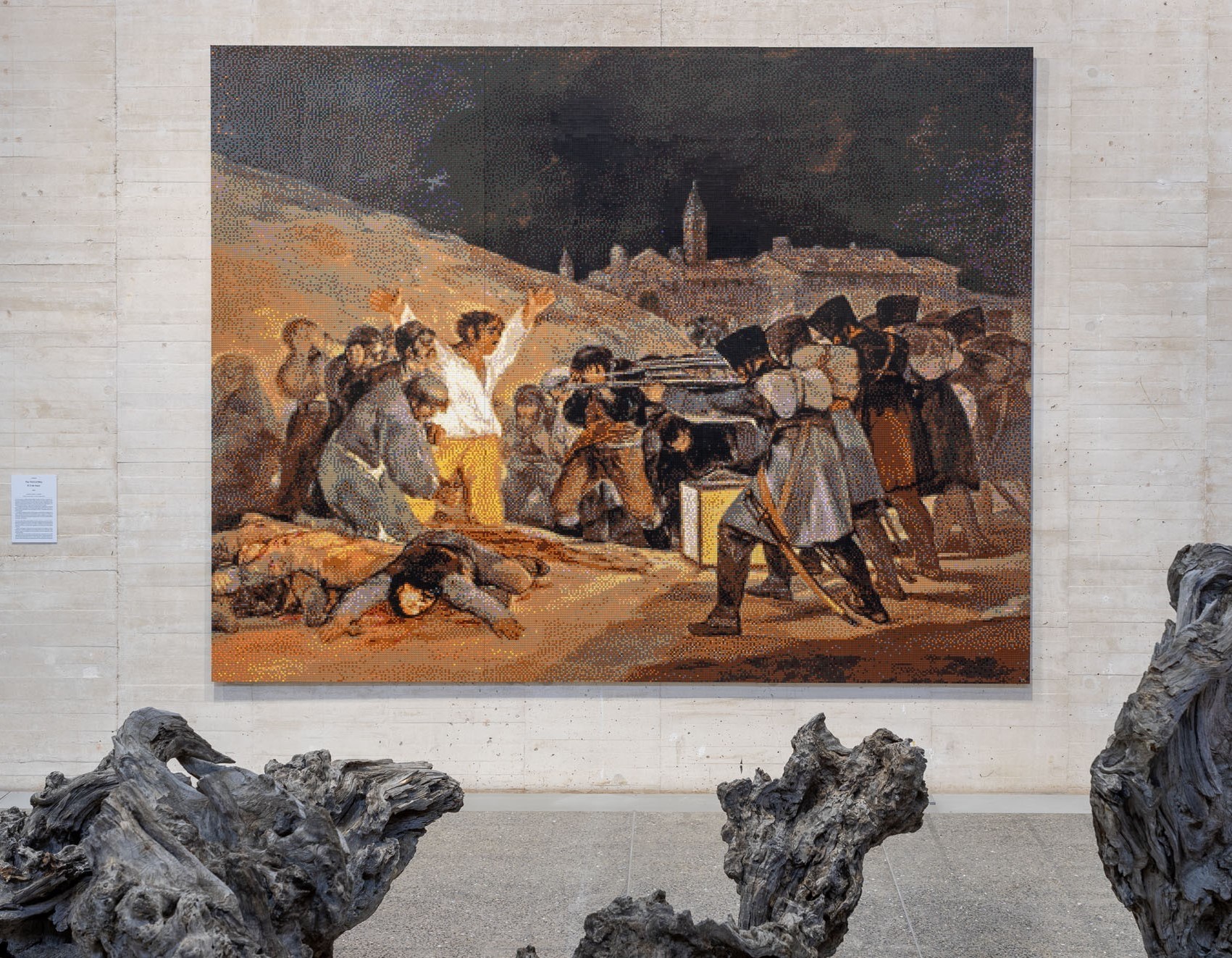
With a career marked by his critique of power structures and his commitment to human rights, Ai Weiwei's work constantly redefines the boundaries between tradition and contemporaneity, aesthetics and politics. The Chinese artist arrives at the MUSAC in Castilla y León with 'Don Quixote', a monumental proposal that offers a deep look at his humanistic concerns and his creative language, which moves between disciplines such as ceramics, photography, cinema or the ready-made.
The exhibition covers more than twenty years of artistic production and highlights his creations with plastic construction pieces, used to reinterpret great icons of art history or to address issues such as migration crises and freedom of expression. This resource, according to the artist, is a neutral, even absurd, tool that allows us to question aesthetic and political heritage with lightness and freedom.
Among the most impactful works is 'The Third of May', a revision of Goya's famous painting which, through LEGO blocks, invites us to reflect on the conflicts and injustices that persist in the collective memory. The material becomes a medium loaded with meaning: a metaphor for the fragility, unfortunately, of historical narratives.
Also noteworthy is 'La Commedia Umana', a monumental chandelier made of Murano glass, which, with its eight meters high and 2,700 kg, becomes an allegory of the weight of humanism. This work highlights the artist's obsession with the human condition and the defense of fundamental freedoms, while also demonstrating his ability to transform millennia-old materials into poignant discourses on the great geopolitical and social conflicts of the present. The tour also includes installations such as 'Porcelain Pillar with Refugee Motif', where traditional Chinese porcelain evokes the refugee crisis, and 'Life Cycle', a 20-metre bamboo boat full of figures symbolizing the tragic journey of thousands of migrants
.jpg) 'Life Cycle', Ai Weiwei (2008)
'Life Cycle', Ai Weiwei (2008)
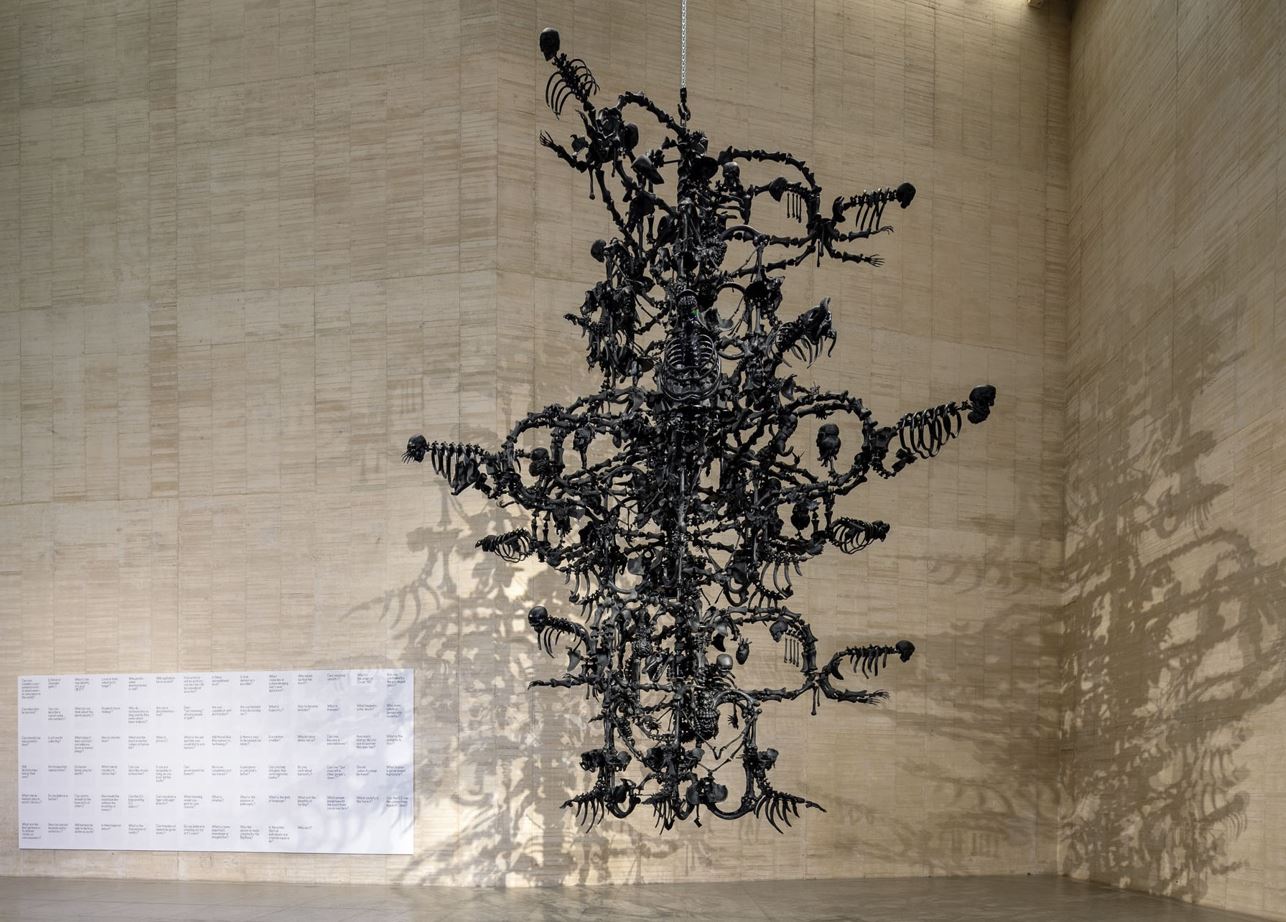
This is one of the most ambitious exhibition projects in the career of the renowned Chinese artist and dissident. Curated by the director of the MUSAC, Álvaro Rodríguez Fominaya , this exhibition has been conceived in close collaboration with the artist specifically for the Leonese museum. Its spacious rooms make it possible to present some of Ai Weiwei's most monumental creations, works of colossal dimensions that would be impossible to exhibit in other museum spaces.
The name 'Don Quixote' for the show is not accidental. The figure of the knight captivated Ai Weiwei when he was a child living with his exiled family in the deserts of Xinjiang. The cover and illustrations of Cervantes' book owned by his father, the poet Ai Qing, were a window into a fantastical world amid Maoist oppression. This intimate connection with the quixotic narrative is linked to the MUSAC exhibition as a reflection of the struggle for an ideal: an act of creative resistance.
"I would never choose a masterpiece at random. The painting has to resonate with me and my political experience, so almost every piece of art I select narrates a specific theme that concerns me deeply. There is always a deliberate reason behind my choice. I hope viewers, by reading the descriptions of these works, can understand that these masterpieces are chosen thoughtfully, not arbitrarily or haphazardly," declares Ai Weiwei.
